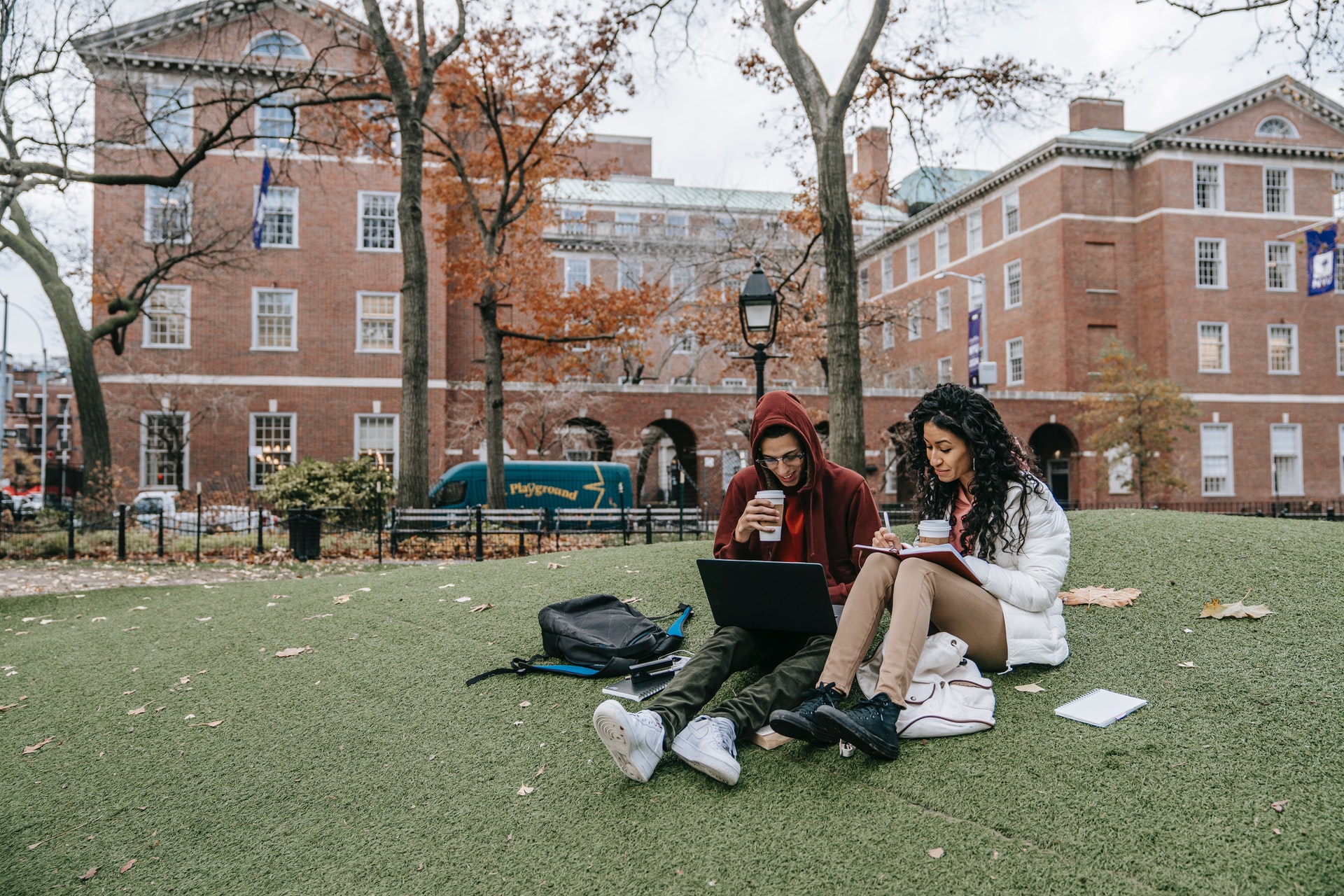
Keeping Your Personal Information Safe While You’re Online by Craig Middleton offers sound and easy advice for online users of all ages and experiences. By now you have no doubt heard about high-profile cyber attacks, but cybercriminals are happy to go after ordinary people in addition to governmental agencies and large corporations. Thanks, Craig.
Introduction
- If you’re a college student, your two best friends may be your laptop and the internet. Much of what you do in higher learning is online, from researching various sites to get info for a paper you’re writing, to accessing the school’s and each teacher’s online learning platforms. With all the demands of life you need to pay attention to, staying secure on the internet is probably one of the last things on your mind. Unfortunately, cybercriminals are counting on your lack of attention to this very important detail. Next time you’re putting your nose to the grindstone with your schoolwork, consider these four easy steps to keep your information safe while online.
Use Free Wi-Fi Carefully
- Most college students don’t think twice about using the free wi-fi in the school’s library or a coffee shop to fit in a little studying during a break between classes. The library is a great place to get ahead in an environment of peace and quiet, but this study choice has one caveat you must be aware of: the school’s internet is on a public network. Spending time online while on a public network makes you vulnerable to a cyberattack.
- So, What is a cyber attack, you might ask? A cyber attack is an unlawful effort to compromise a computer or computer network. Usually, this is done with the aim of sharing, destroying, or stealing digital information. Using free wi-fi offered on public networks makes you a prime target for someone wishing to compromise your computer. All they need is a basic software tool to access your information.
- There are many ways to keep your information safe while using the internet at school, but the following three steps are a good start. First, make sure you don’t use the same password for all of your log-ins. Secondly, ensure that you are on the public network that belongs to your school. Finally, disable file sharing while you are on the public network. This will go a long way in securing your personal information while using the internet at school.
Visit Secure Sites
- Studying and researching for your classes takes you to a wide variety of sites, including some you may not be very familiar with. Making sure to only visit secure sites is a vital way to protect your information while online. The good news is that a secure site is easy to distinguish from a harmful one. If the online address has a lock symbol before it and begins with HTTPS, you can rest assured you are safe to visit that site. (Doug: Note that my site’s address is https:DrDougGreen.Com)
Beware of Unusual Links and Attachments
- A common way that your information is compromised online is by clicking on harmful links and attachments, often sent to you through email. What might look like an email from a trusted company or organization could be a virus or malware attack in disguise. The easiest way to tell if a link or attachment is harmful is by checking to see if there are spelling errors or if the email is coming from an address other than the one you would expect from a company. If either of these things are amiss, you are probably dealing with a cybercriminal and you should steer clear. (Doug: For example, if you got an email from Verizon, be sure that the address of the sender ends in Verison.Com. Also, if you get an email from a bank where you don’t have an account it’s probably spam. Update: Today I received an email from Sprectrum saying “Action Required.” When I checked the address of the sender it said mmecomn@carolina.rr.com>. This clearly is not from Spectrum so I erased it.)
Use Strong Passwords
- Using strong passwords is one of the simplest ways to protect your information online. With all of the online accounts you have to juggle, it can be very tempting to use the exact same password every time to make remembering them easier, but this is one of the cyber criminal’s favorite weaknesses. If one account becomes compromised, then they will all fall victim. Be sure to use a different password every time you create an online account. As a college student, you have enough to worry about as it is. Don’t add the security of your online information to that list. Follow these four simple steps and you won’t have to think twice about it.
Craig Middleton
- Craig is a New York City-based retired business consultant, who is an expert in education and cultural trends. He has a Masters of Business Administration and a Masters in Education from St. Johns and loves sharing his knowledge on the side through his writing. If you have any questions or comments you can direct them to Craig at craigmiddleton18@gmail.com.









